Safflower oil
6,50 € – 49,90 €
Discover the revitalizing benefits of Safflower Oil, a vegetable oil naturally rich in essential fatty acids and antioxidants. Appreciated for its nourishing and moisturizing properties, it helps keep skin supple and radiant, and hair vital.
Suitable for all skin and hair types, its light texture is easily absorbed without leaving a greasy film, providing optimal comfort and a sensation of softness after application.
Safflower oil, nourishing & protective for skin, hair and soaps
Organic safflower oil, ideal for skin and hair care and saponification.
Rich in antioxidants and essential fatty acids, it nourishes, protects and soothes.
Safflower Oil is a precious ally in cosmetics and soap-making, nourishing, protective and versatile.
Properties
✔ Hydratation Intense: Rich in Omega-6 essential fatty acids (linoleic acid), it helps maintain skin hydration by strengthening the cutaneous barrier.
✔ Non-comedogenic: Low risk of pore clogging, ideal for combination to oily skin.
✔ So ftening effect: Penetrates quickly and leaves skin soft and supple, without an oily film.
✔ Antioxidant action: Contains vitamin E, which helps protect skin from external aggressors and preserve its radiance.
✔ Soothing Care: Contributes to the comfort of sensitive skin and helps improve its appearance.
✔ O ptimized Soap Texture: In soapmaking, it offers a smooth, creamy texture with no greasy residue.
✔ Natural coloring: Can be used to add a subtle hue to soaps, without artificial colorants.
Recommended for which skin type?
✔ Dry skin: Helps maintain hydration and improves skin suppleness.
✔ Sensitive skin: Helps soothe and strengthen the skin barrier.
✔ Mature skin: Promotes elasticity and helps preserve natural radiance.
✔ Combination to oily skin: Helps balance the hydrolipidic film without weighing it down.
Use in hair care
✔ Solid shampoo and conditioner: Add 10 ml Safflower Oil to enrich the formula.
✔ Dry, brittle hair: Adds moisture and suppleness for stronger hair.
✔ End care: Helps maintain hydration and preserve the softness of lengths.
✔ Hair protection: Helps limit the impact of external aggressions (pollution, UV).
✔ Anti-frizz and detangling effect: Facilitates styling by smoothing the hair cuticle.
Composition & natural active ingredients
🔹 Saturated fatty acids (SFA ) :
- Palmitic acid: 7-10% - Protects and maintains hydration.
- Stearic acid: 2-6% - Contributes to skin suppleness.
- Arachidic acid: Up to 4% - Helps maintain skin balance.
🔹 Monounsaturated fatty acids:
- Palmitoleic acid: 13-27% - Promotes suppleness and elasticity.
- Oleic acid: 50-70% - Helps maintain skin comfort.
- Eicosenoic acid: Up to 4% - Plays a role in maintaining skin balance.
🔹 Polyunsaturated fatty acids:
- Linoleic acid: 1-6% - Essential for skin barrier protection.
🔹 General information:
- Botanical name: Carthamus tinctorius
- Appearance: Clear to pale yellow liquid
- Odour: Neutral to slightly herbaceous
- Texture: Light and fluid, quickly absorbed without greasy residue
Tips and Tricks for the Soap Maker :
Although safflower oil is often under-used in soap-making, it deserves to be discovered for its exceptional qualities. Rich in essential fatty acids, this oil helps create gentle, moisturizing soaps, perfect for sensitive skin.
Its saponification value:
The saponification value of Safflower Oil is 136, which means that 0.136 g of NAOH soda are needed to saponify 1 g of Safflower Oil.
This information will help you calculate your own recipe.
In your calculator, choose " Safflower Oil".
"Safflower oil High oleic" The saponification value is 0.137.
It's an unstable oil. Its content in your recipe will be between 5% and 15% maximum;
Tips
- Use in natural coloring: Can be used to add natural color to soaps, giving a soft hue without the use of artificial colorants, making it an ideal choice for those practicing eco-friendly soapmaking.
- Safflower oil is a drying oil, so it's important to calculate your grease ratio carefully to avoid soap becoming too dry or brittle.
- On the other hand, this oil will be admirable as a massage oil.
- Combining Safflower Oil with other oils can balance the soap. Coconut Butter for hardness, Lampante Olive Oil for hydration, and Shea Butter for its nourishing effect are ideal complements.
- Saponification temperature: Maintain a moderate temperature during the process, between 35°C and 40°C, to promote a good reaction without accelerating the trace.
Additions/ Superfatting
- Safflower Oil tends to slightly accelerate the trace in soapmaking. This means that the soap mixture thickens more quickly, which can be useful for molding or marbling techniques that require a thicker trace.
- Our natural exfoliants can be incorporated to add an exfoliating texture to the soap, making it ideal for use as a body scrub.
- Natural colorants: Using natural micas or clays can add color to soaps without compromising their eco-friendliness. For example, pink clay can give a soft tint while providing additional benefits for the skin.
- Incorporate additives such as essential oils, plant extracts or natural exfoliants after reaching a light trace. This infuses the soap with additional properties while maintaining the integrity of the additives.
- Ease of Saponification: Safflower oil reacts well with soda (NaOH) for saponification, helping to create a soft, luxurious soap texture, while being easy to handle for soap-makers at all levels of experience.
Mussels
Be aware that the reaction between soda and oils can generate heat. Use our special molds and monitor the temperature throughout the process to avoid freezing your soaps.
Our molds are flexible, making them easy to remove from the mold once the soap has hardened. What's more, they enable better heat distribution during the saponification process, promoting optimal soap setting.
How to store Safflower oil
- Store in a cool, dry place away from direct sunlight.
- Make sure it's securely closed.
- It generally keeps for up to 12 months after opening (unstable oil).
Extraction process
Safflower oil is mainly extracted by cold pressing the seeds, a process that preserves maximum nutritional properties, antioxidants and essential fatty acids such as omega-6 and omega-9.
Illustrated photograph.
The indications and advice given above are provided for information only, based on reputable sources in aromatherapy, soap-making and phytotherapy. Under no circumstances should they be considered as medical advice. This information is not intended to replace professional medical advice, diagnosis or treatment. It is essential to consult a health professional before using essential oils or any other product mentioned. In addition, please note that the product discussed in this context is not intended for consumption.
Additional information
| Weight | 1050 g |
|---|---|
| Origin | France |
| Contenance | 100ml, 250ml, 500ml, 1L |
Only logged in customers who have purchased this product may leave a review.


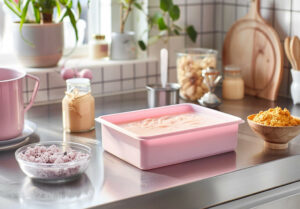
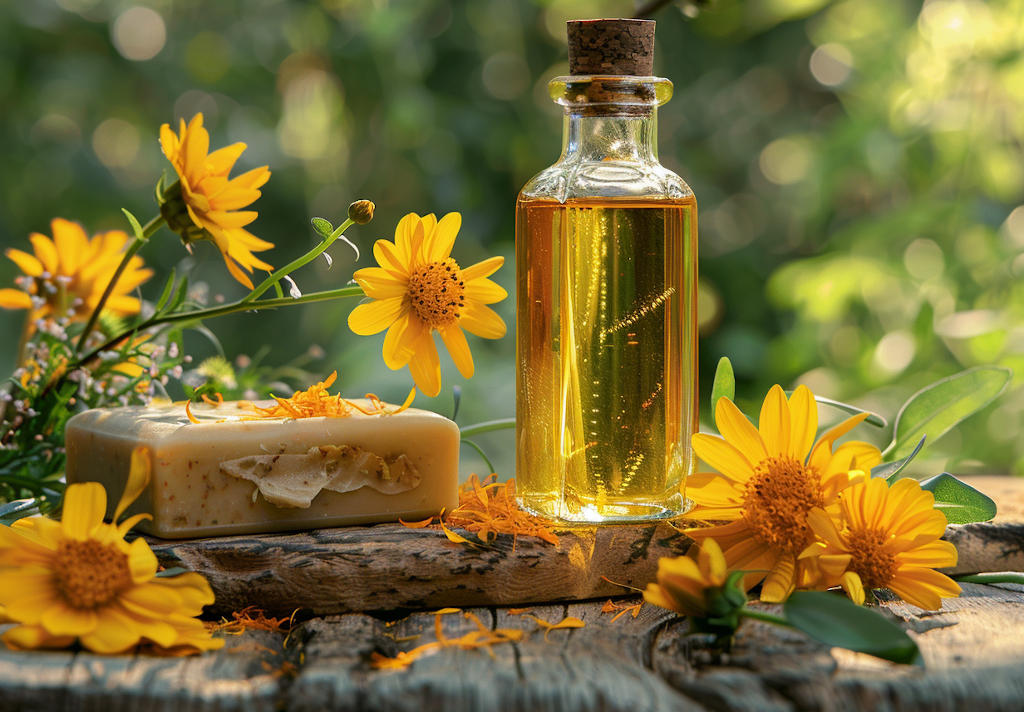
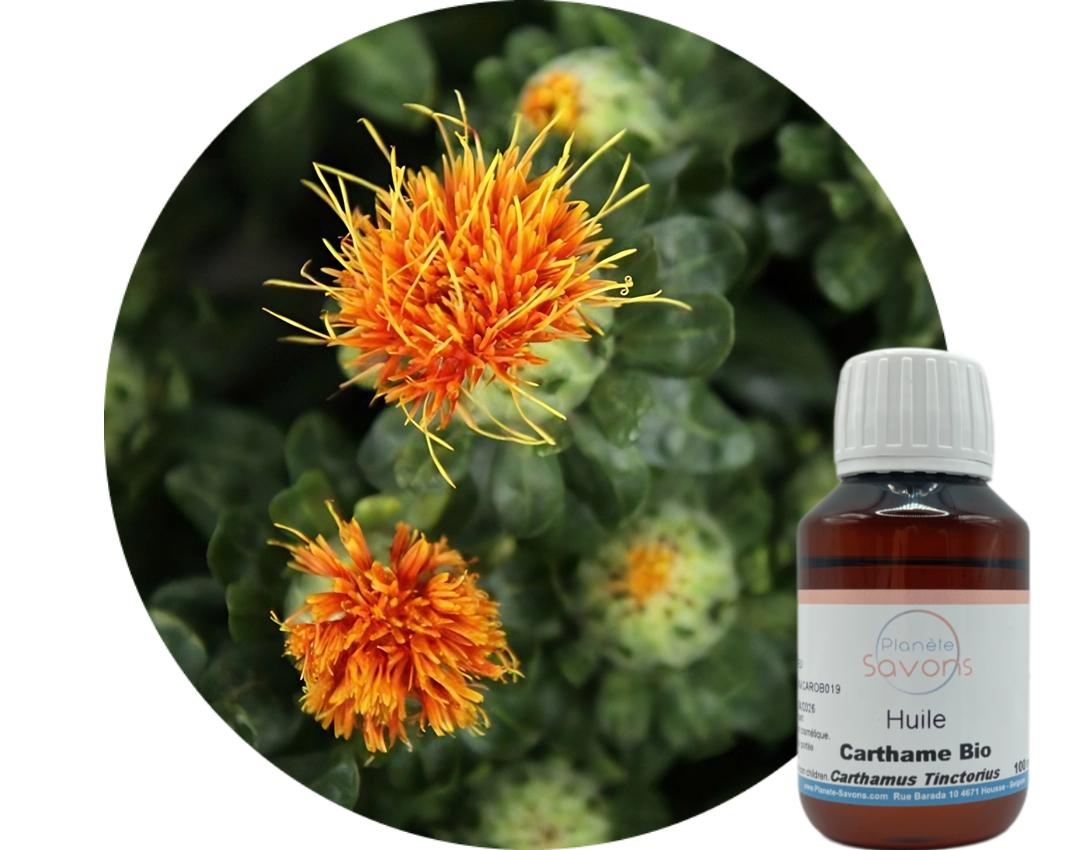

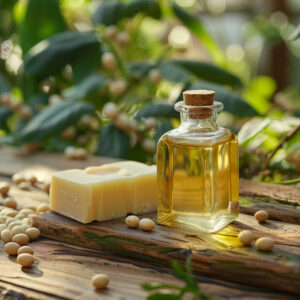
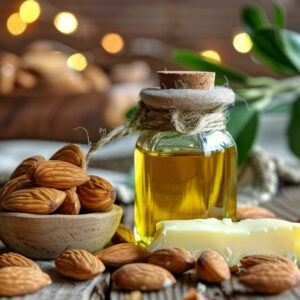

Reviews
There are no reviews yet.